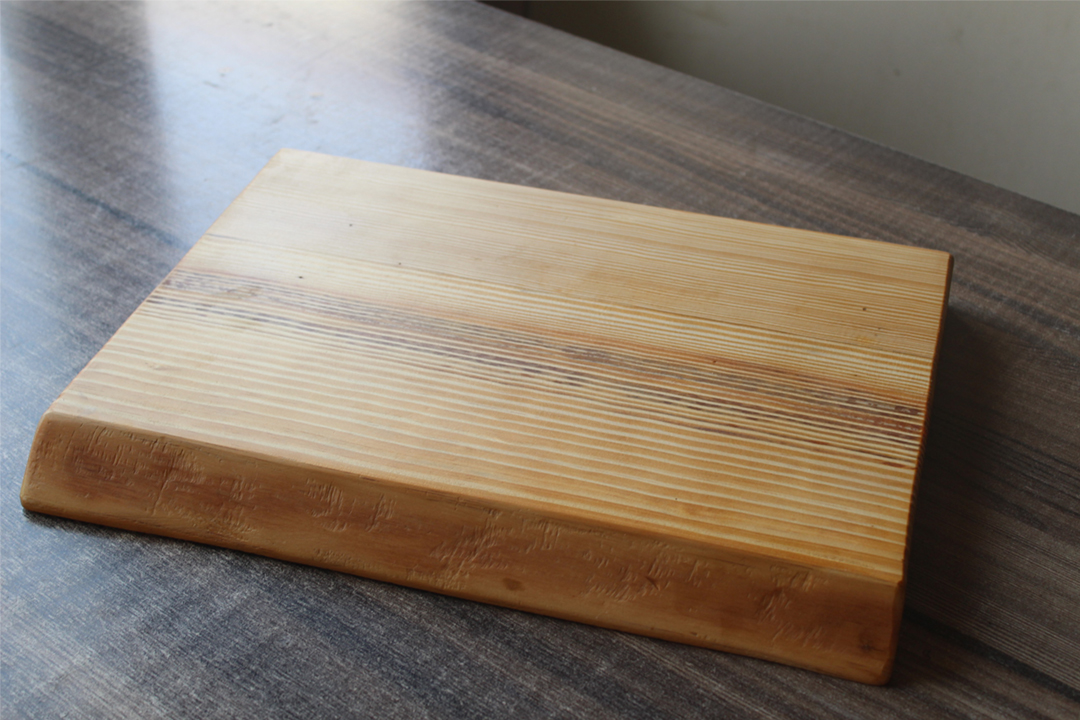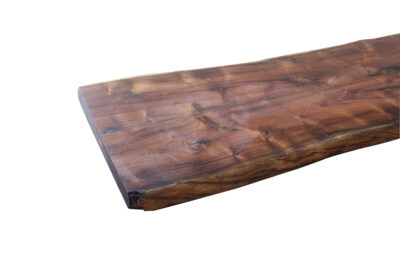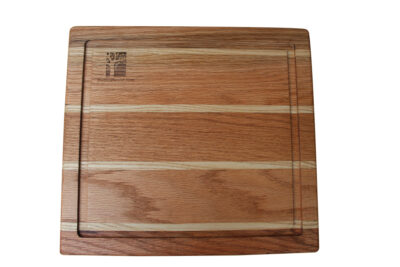A live edge cutting board is a type of cutting board or chopping block that retains the natural, untrimmed edge of the wood from which it was cut. Unlike traditional cutting boards with straight and uniform edges, live edge boards showcase the raw and irregular shape of the wood, including the bark, knots, and unique grain patterns.
Here are some key characteristics and considerations for live edge chopping boards:
Natural Aesthetics:
The irregular edge provides a unique and organic look, and the natural features of the wood can add character to your kitchen
Wood Selection:
Hardwoods like walnut, cherry, maple, oak, ash, or acacia are best choices for these types of boards. The choice of wood can affect both the aesthetics and durability of the chopping board.
Size and Thickness:
Live edge boards come in various sizes and thicknesses. Consider your kitchen space and how much cutting surface you need when choosing the size. A thicker board may be more durable over time.
Care and Maintenance:
Proper care is essential to maintain the longevity of a live edge chopping board. Regularly oiling the wood with food-grade mineral oil or beeswax helps prevent it from drying out and protects it from moisture.
Functional Art:
Live edge cutting boards are often considered functional pieces of art. They can serve as both a practical kitchen tool and a decorative element.
Price:
The price of live edge chopping boards can vary based on the type of wood, size, thickness, and craftsmanship. Handcrafted or custom-designed boards may be more expensive than mass-produced ones.
When using a live edge chopping board, it’s important to keep in mind that the irregular shape may affect the stability of the board, so be cautious during chopping to prevent accidents.
Whether you choose a live edge chopping board for its aesthetics or its functionality, it can be a unique addition to your kitchen, adding a touch of nature and craftsmanship to your culinary space.











Reviews
There are no reviews yet.